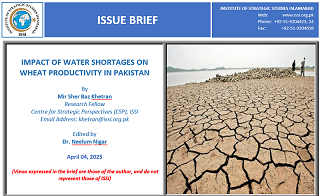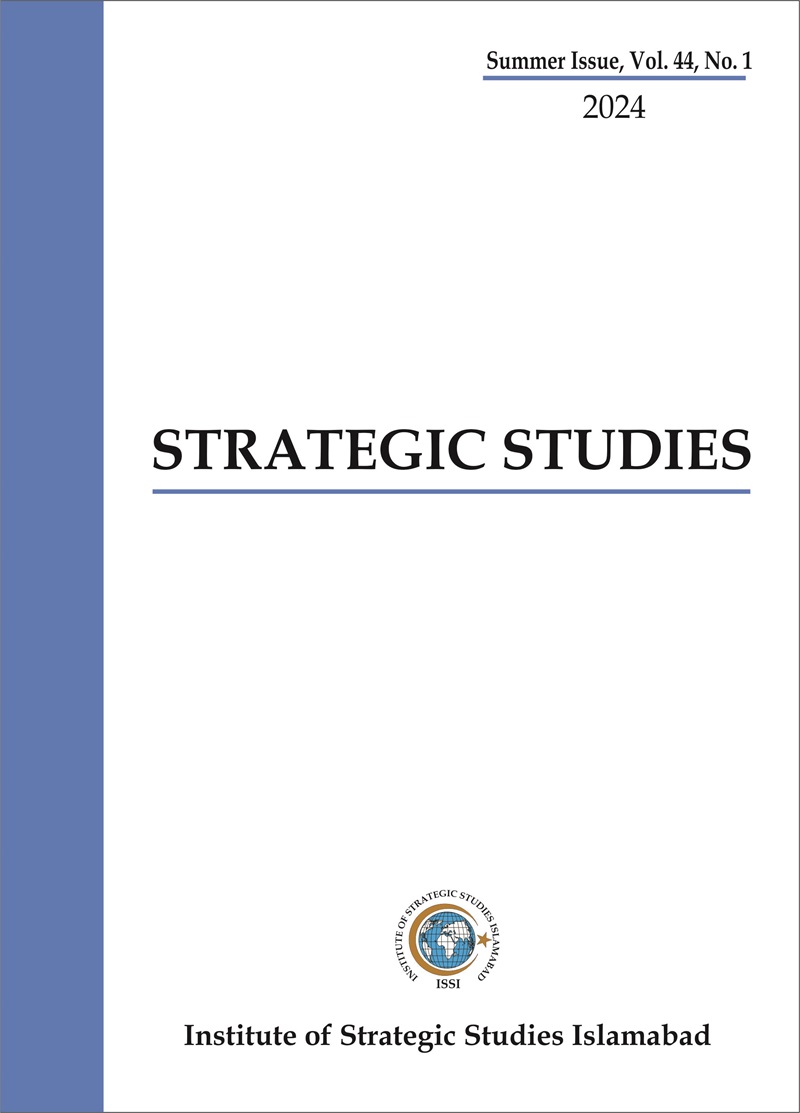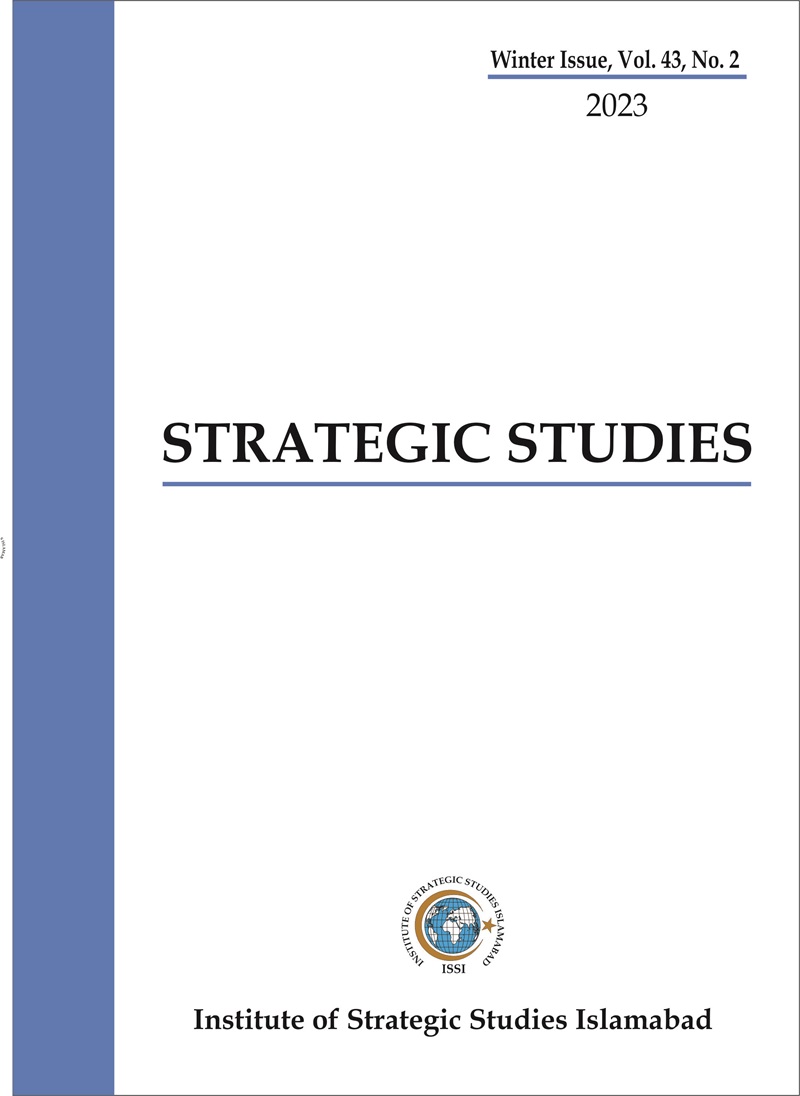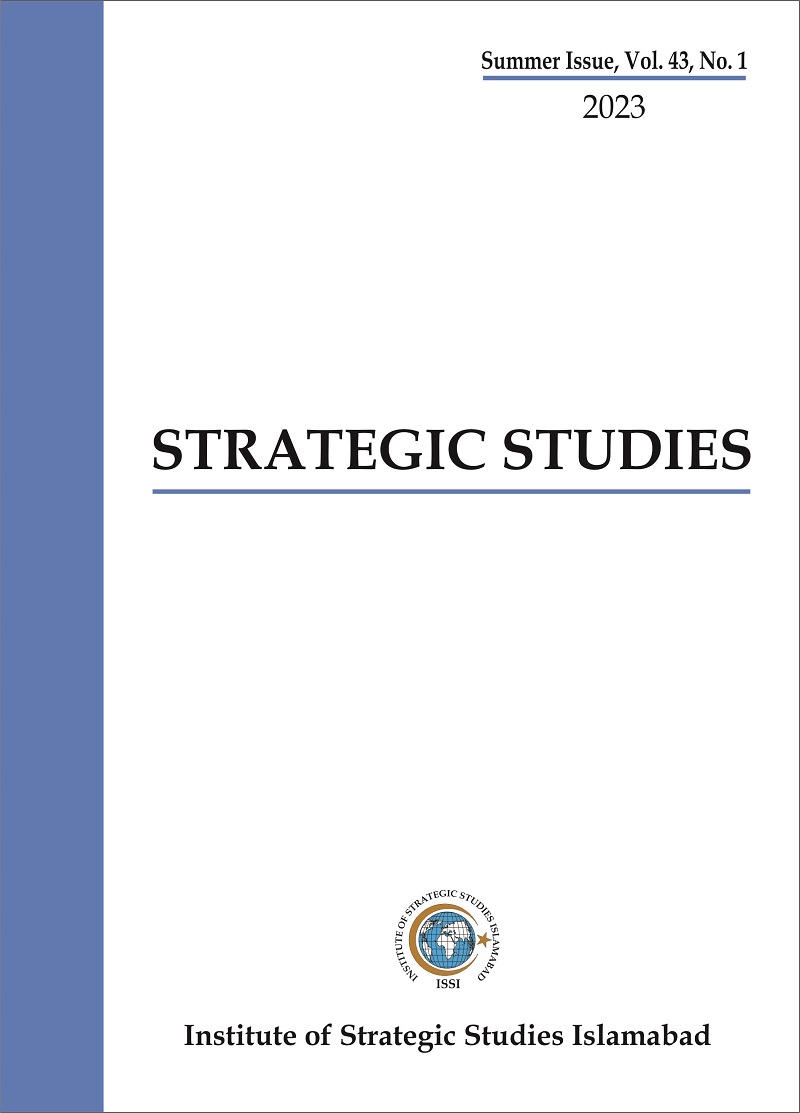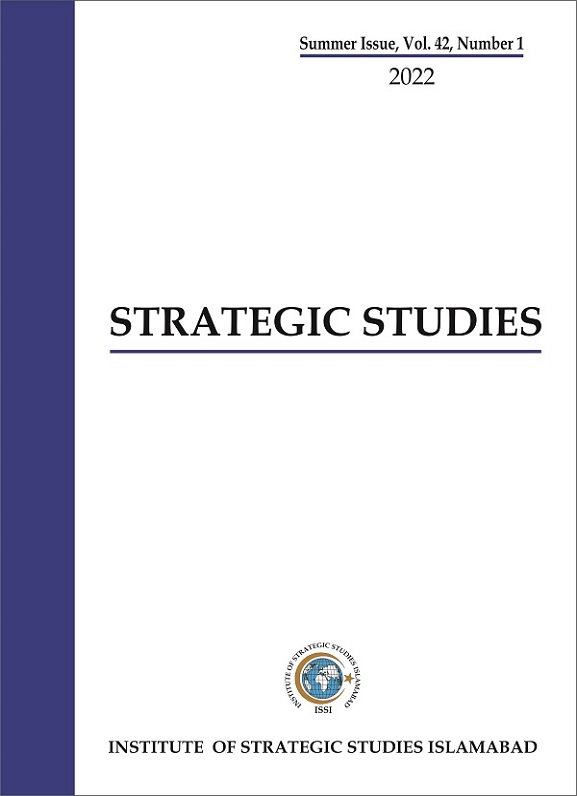Introduction
Pakistan’s wheat production is under serious threat due to a worsening water crisis, made even more severe by climate change. Two of the country’s main reservoirs, Tarbela and Mangla, are running dangerously low, raising concerns about whether they can sustain irrigation through the final stretch of the wheat-growing season.[1] This is especially alarming for Punjab and Sindh—Pakistan’s key wheat-producing regions—where a shortfall in water could have devastating consequences for food security. On top of that, an unusually dry winter has added to the pressure, making it even harder to meet production targets. Farmers and policymakers alike are now scrambling to find solutions.
Water Shortages and Their Immediate Impact on Wheat Crops
The Indus River System Authority (IRSA) has warned that Punjab and Sindh could face a staggering 30-35% water shortage as the water levels in Tarbela and Mangla dams continue to drop.[2] Recent data shows that Tarbela Dam has only about 73,000 acre-feet of water left, sitting at 1,409 feet—just nine feet above its dead level. Mangla is not faring much better, with 235,000 acre-feet of storage left and a level of 1,088 feet, barely 28 feet above its dead level.[3] At this rate, both reservoirs could hit their dead levels within days, leaving little to no water for irrigation.







